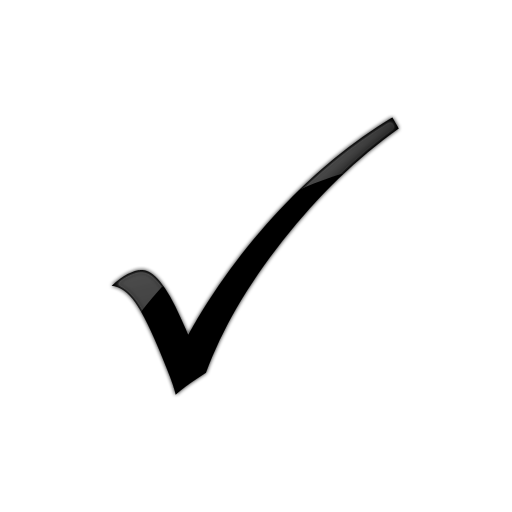Everything we see around us in the world we say has its shape. The shapes appear in the object and nature we see around us, as the sun, the mountains, clouds, windows, desk, photo frames, houses, books, rings, boxes, balls…they are simply everywhere. I have my shape, you have your shape. Shapes can be very different from each other. To easier understand them, they are divided into some groups, depending on some common characteristics they have. In this lesson we are going to learn:
A shape is a form of an object (something or someone), outline, contours, outer boundary, or surface. All the shapes are divided into two types of shapes, called geometric shapes and freeform shapes. Let's find out more about them.
Geometric shapes are very precise, and for describing them we use mathematical formulas. Each of them has a specific name. For example circle, square, triangle, oval, rectangle, octagon, and parallelogram. They have their own definition. In geometry, a shape is defined as the form of an object or a figure closed by a boundary that is created by combining a specific number of lines, curves, and points.
These shapes, we can say that they are irregular and uneven shapes. These shapes are also known as “organic” shapes. Organic shapes generally do not have a name associated with them. A freeform shape is unconventional in shape or design, especially in being asymmetric and irregular. Freeform shapes are used for drawing these images below.

Now we will discuss a little bit more about the first group, the geometric shapes.
Geometric shapes are also divided into two main groups. We can say that there are two basic types of geometric shapes:

To understand better, let us introduce parts of 2D shapes. Here is one geometric shape:
So, if we observe the above illustration, we can conclude that this form has 3 sides, 3 vertices, and 3 angles. This shape is called a triangle!
Let us learn about some other 2D shapes!

To understand better, let us introduce parts of the 3D form. Here is one 3D geometric form:
So, if we observe the above illustration, we can conclude that this form has 6 faces, 8 vertices, and 12 edges. The faces of this form are squares. This 3D form is called a cube!
Let us learn about some other 3D forms!
From what we learned above, we can do some activities.
Activity 1
We will try to identify if some objects have a freeform shape/form or geometric shape/form.
| Object | Freeform | Geometric |
 |
 |
|
 |
 |
|
 |
||
 |
 |
|
 |
 |
|
 |
 |
You can continue with identifying the shapes and forms of other objects, by adding them to a table like this one.
*Try to name the geometric shapes of the objects from the above table.
Activity 2
In this activity, we are going to practice geometric shapes. We are going to identify if the shape is 2D or 3D, and after that, we will try to guess the name of the shape, Let's try!
| Shape | 2D | 3D | Name |
 |
 |
Cube | |
 |
 |
Triangle | |
 |
 |
Circle | |
 |
 |
Cylinder | |
 |
 |
Rectangle |
It is your turn. Make your own table, draw other shapes, and fill the table!
Now we have learned a lot about shapes. We know:
A clue to activity 1: "Try to name the geometric shapes of the objects from the above table."